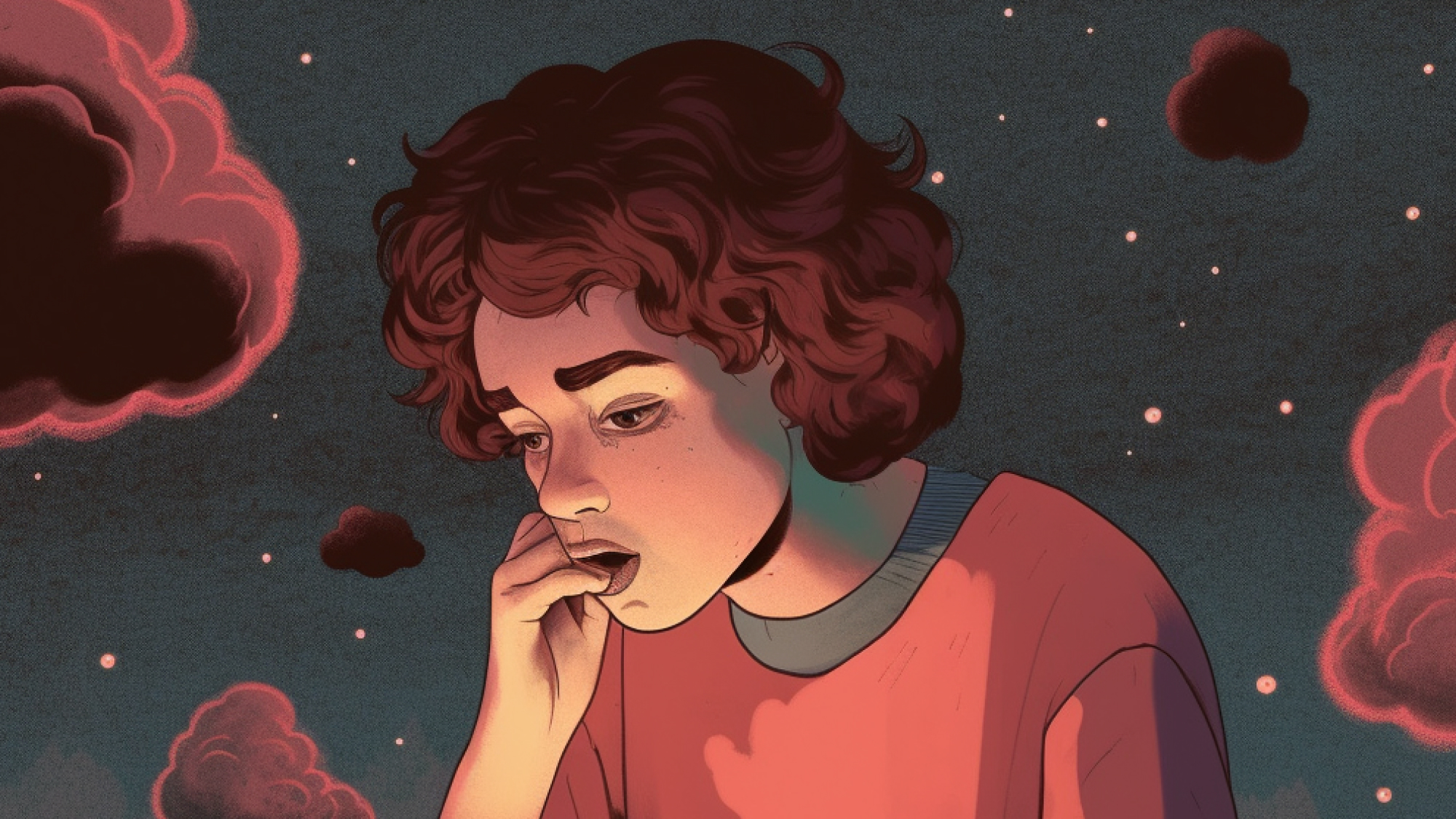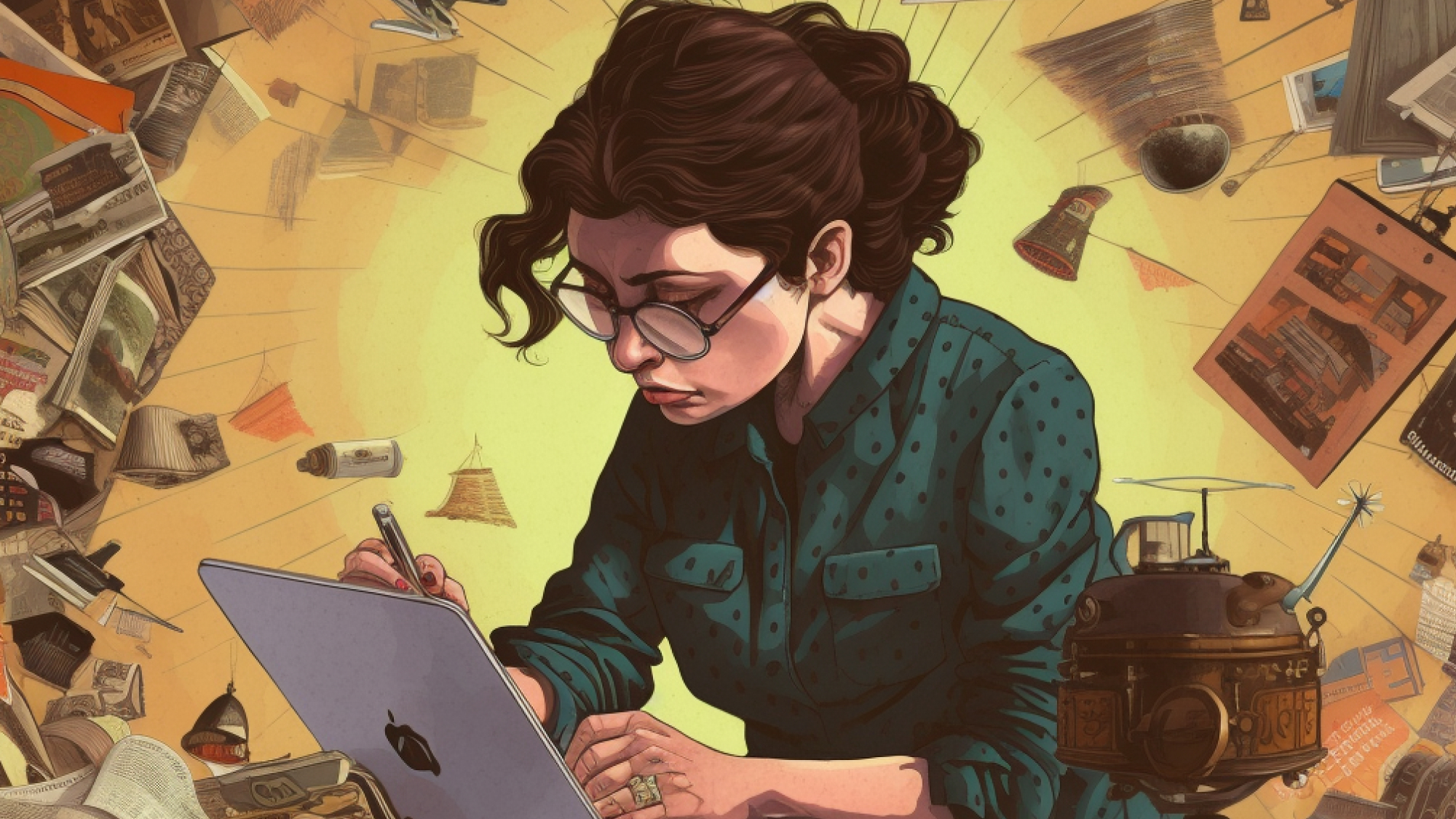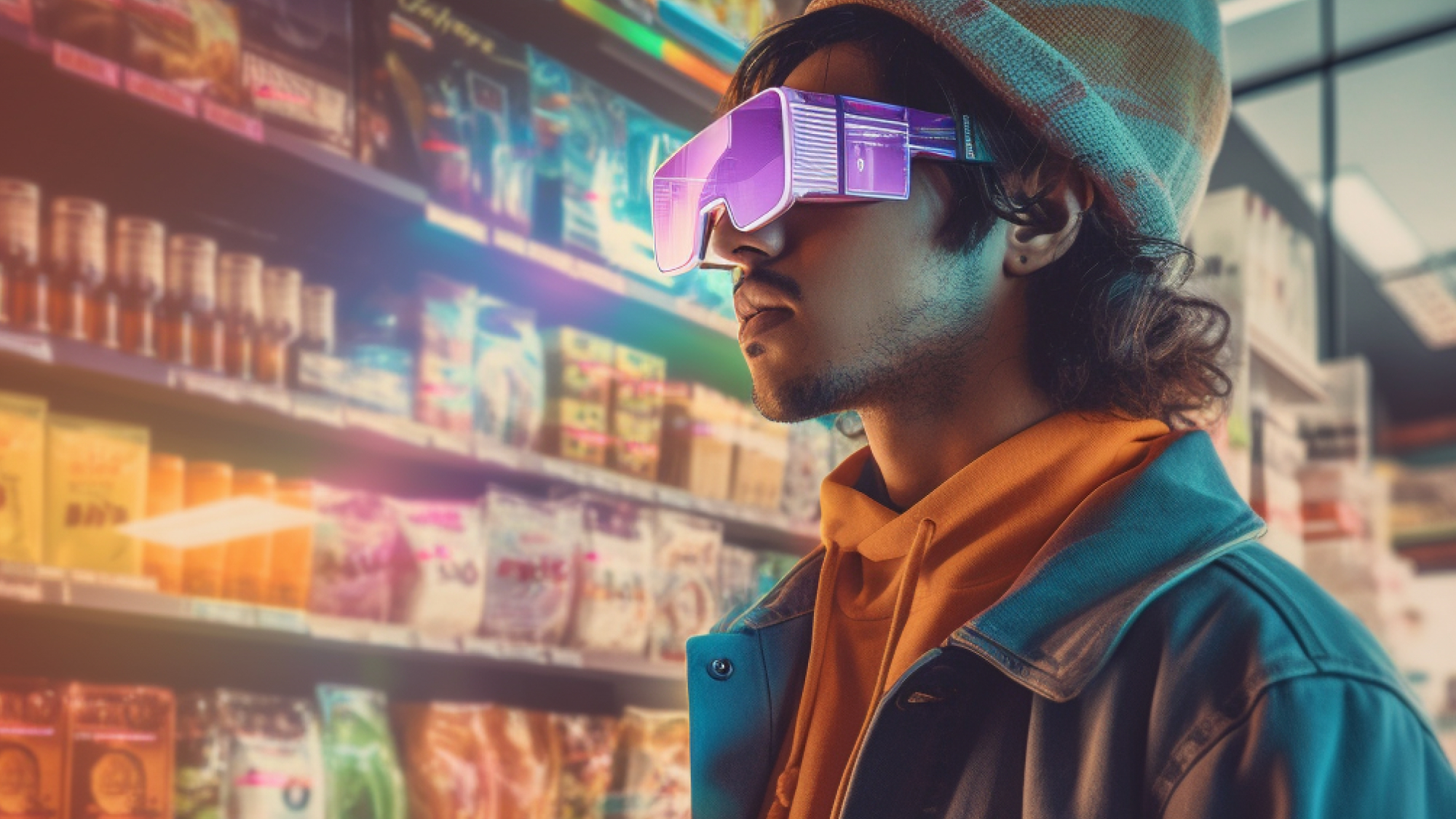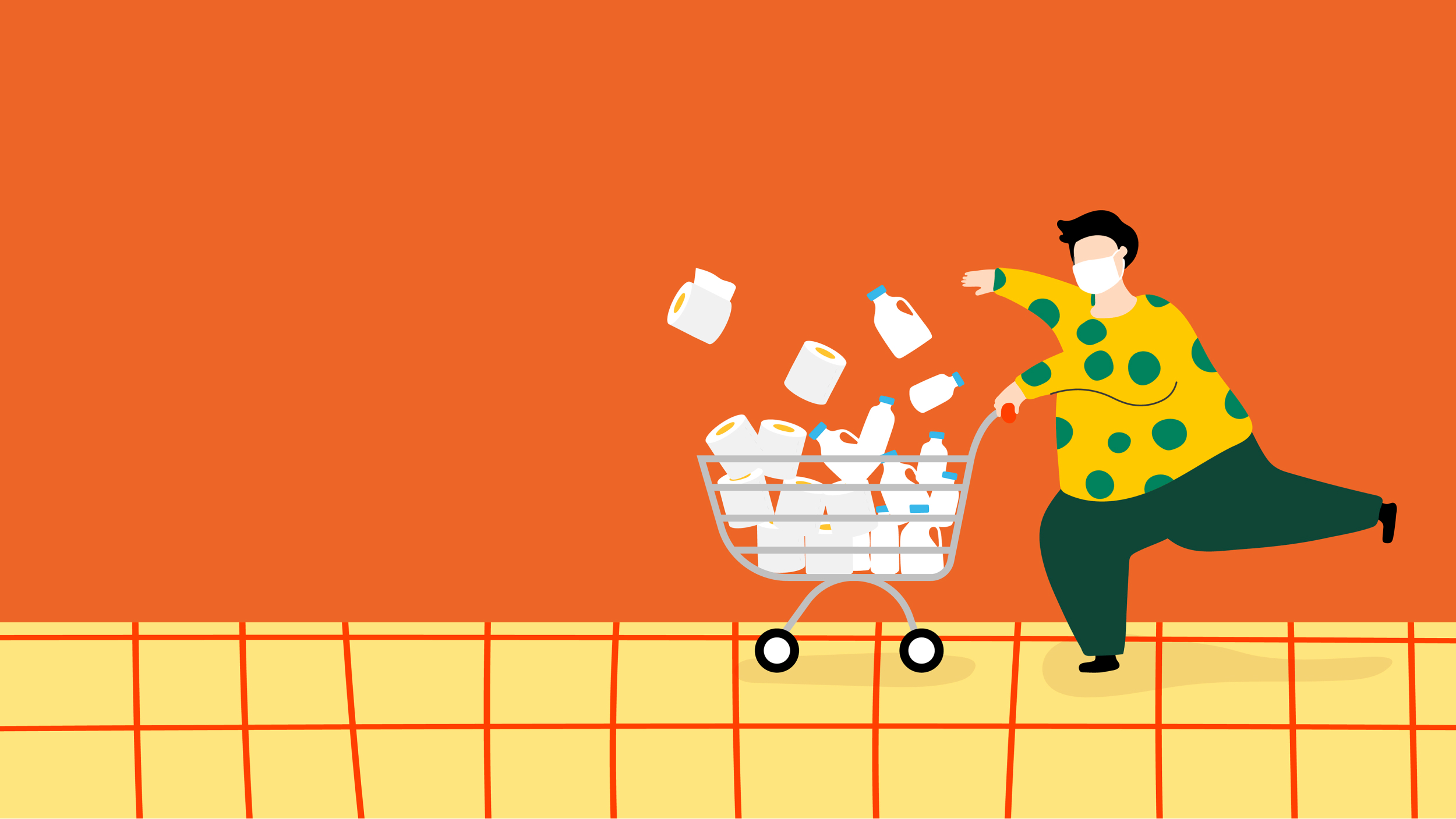
Shocked and rattled is an understatement when the pandemic outbreak occurred a few years ago. It affected everyone and all industries. Coping has definitely been major work, and transitioning to this new normal has taken time — with some still scrambling to adjust.
While many things have changed, one thing that will forever remain different is the shape of the modern consumer.
Diving deeper into the digital, consumers are now searching, purchasing, using, and evaluating products and services much differently than before.
Consumption is contextual: What disrupts consumer habits?
Of course, it is only natural that the habits of how we buy change over time. How we consume never remains the same, as our habits adapt to the times we live in. However, while consumption is habitual, it is also highly contextual as well. There are four distinct contexts in which our consumer habits are often affected.

- Social changes — Life events — such as marriage, children, or moving locations — will naturally change the way our lives turn. Whether its moving from a new city or bringing a new life into the world, this often changes the things we prioritize and as such, what we choose to buy.
- Technology — Technologies continue to develop faster with every year, and as breakthrough tools emerge, old habits adapt. Some of the most distinct technological shifts in recent years has been the expansion of the Internet and prevalence of smartphones. Not only did this transform the way we shop but its impacted the way we communicate as well.
- Rules and regulations — When governments lay down publicly held regulations, this enforces change, whether desired or not. For example, in countries like Singapore, you can be fined for chewing gum. As an effort to keep the city and country clean, these rules are followed, and as such, consumers in Singapore may buy gum far less than a country like, America — which was rated as the top for chewing gum consumption.
- Ad-hoc events — Whether its a flood or a global outbreak of a pandemic, unexpected events are things that can have a huge effect on how we consume. Priorities shift and naturally, our hierarchy of needs take over.
Key behavioural changes since the pandemic
A lot has changed since the initial outbreak and in that time, there are several key points that have been observed in how consumer behaviours have shifted. A 2020 research done by the Swiss Re Institute takes note of five key trends to be wary of:
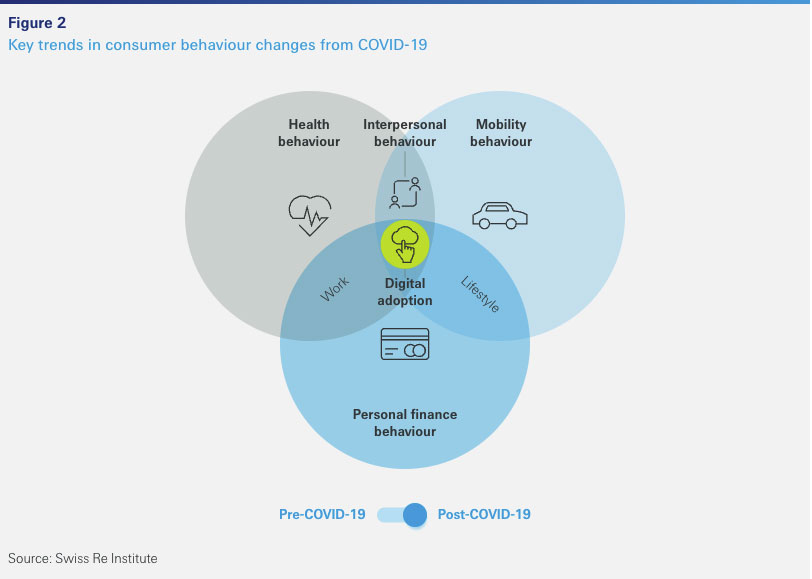
- Increased digital adoption — While we’ve always been moving more toward the digital, COVID-19 has definitely accelerated this shift. Everything from shopping to education has adopted a digital approach. In the US alone, 58% of consumers indicated that more money was being spent online. In 2021, companies like Amazon saw profits soar 200 percent, leaning close to $8.1 billion USD. Across the sea in China, Alibaba’s online supermarket platform Hema saw an increase in orders by 220% in 2020. This increase in digital adoption is seen everywhere, across all ages, as more people are adopting an online mindset to learn and buy things.

- Changed mobility patterns — Lockdowns, social distancing, and increased remote working has transformed the way we move. Meetings are virtual and at least as of writing this, air travel remains to be restricted in many countries. Due to a changing landscape in how we work, there is a reduced use of public transportation and greater adoption of private vehicles. People are also becoming more health-considerate in how they commute, thinking about whats safe rather than speed or cost alone.
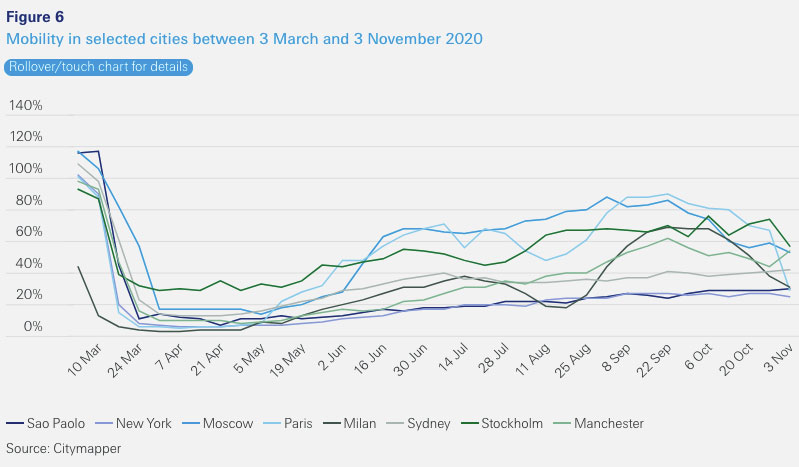
- Shifting purchasing behaviour — Due to the economic impact of the pandemic, surveys have found that consumers have begun to prioritize value-based purchasing, wanting to get the maximum value for their money spent. This means reduced discretionary spendings and keeping purchases strictly to the essentials.
- Increased health awareness — It comes to no surprise that consumers have become more health conscious ever since a global pandemic threatening our well-being hit center-stage. In general, people are adopting healthier lifestyles, with countries like Italy seeing a decrease in smoking. Moreover, with more people staying inside, mental health has become ever-more important, with more desire for services/products that improve mental well-being.
- Changed interpersonal behaviours — Another interesting behavioural change since the pandemic has also been the increase in divorce rates. Forced to be locked in together, especially in the beginning stages of the pandemic, many couples and marriages have come under a lot of strain, leading to increased separations. On a more positive note however, confined circumstances have also led to an increase in pet adoption as well.
Speaking on more recent changes, a report by Exploding Topics illustrates that there are nine key behavioural trends that are defining the modern consumer.
- Expectation of multiple payment options — With increased online shopping, consumers are looking for more ways to pay, with greater expectations on selection as well. People want to be able to pay via credit cards, debit, Paypal, and even crypto. Moreover, they also want ways to defer payments over time, which is why ‘Buy Now Pay Later’ industry is seeing massive growth.
- Delivery is everything — As people stay home more, they want things to be delivered to them. Companies like Amazon have spoiled modern consumers and now most people want everything delivered to their doorstep.
- Demand for ethical and sustainable products — As part of the health-conscious movement that has happened since the pandemic, the ‘conscious consumer‘ has also risen up. According to an IBM report, around 77% of consumers consider sustainability and environmental responsibility to be quite important to a brand. In fact, sustainable products demonstrated 5.6x higher average sales growth than those not marked sustainable.
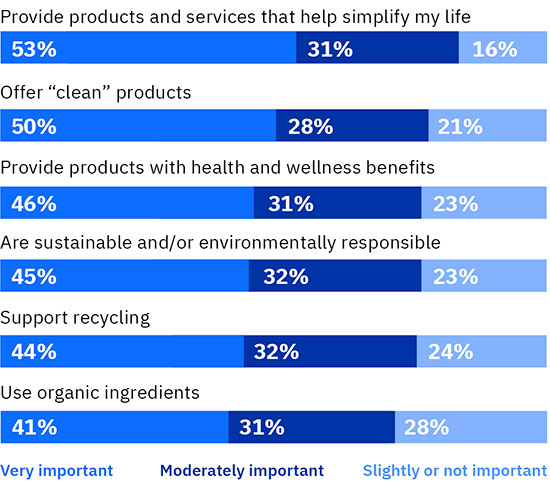
- Health care at home — Since people are working remotely more than ever before, and getting things delivered to their door, this desire for health care at home is increasing as well. Although telemedicine was already a big industry, in the US, the number of telemedicine appointments apparently increased by 5000% at the height of the pandemic.
- Decisions influenced by influencers — Millenials and Gen Z are the next age of consumers, and being a generation that grew up on social media, its only natural that buying decisions and product discovery is largely driven by influencers. In 2021, the influencer market was estimated to have reached $13.8 billion USD.
- More monthly subscriptions — As consumers become more used to online shopping and deliveries, so has their openness to monthly subscription services. In fact, subscribers have increased by 90% year-over-year, from services like Amazon Prime to Netflix taking over.
- Increased spending on pets — More time at home also means more time with our beloved dogs and cats. On top of that, perhaps due to the fact that people are single more than ever before, consumers are spending a lot on their pets. Industries like the US pet furniture market is worth over $2 billion.
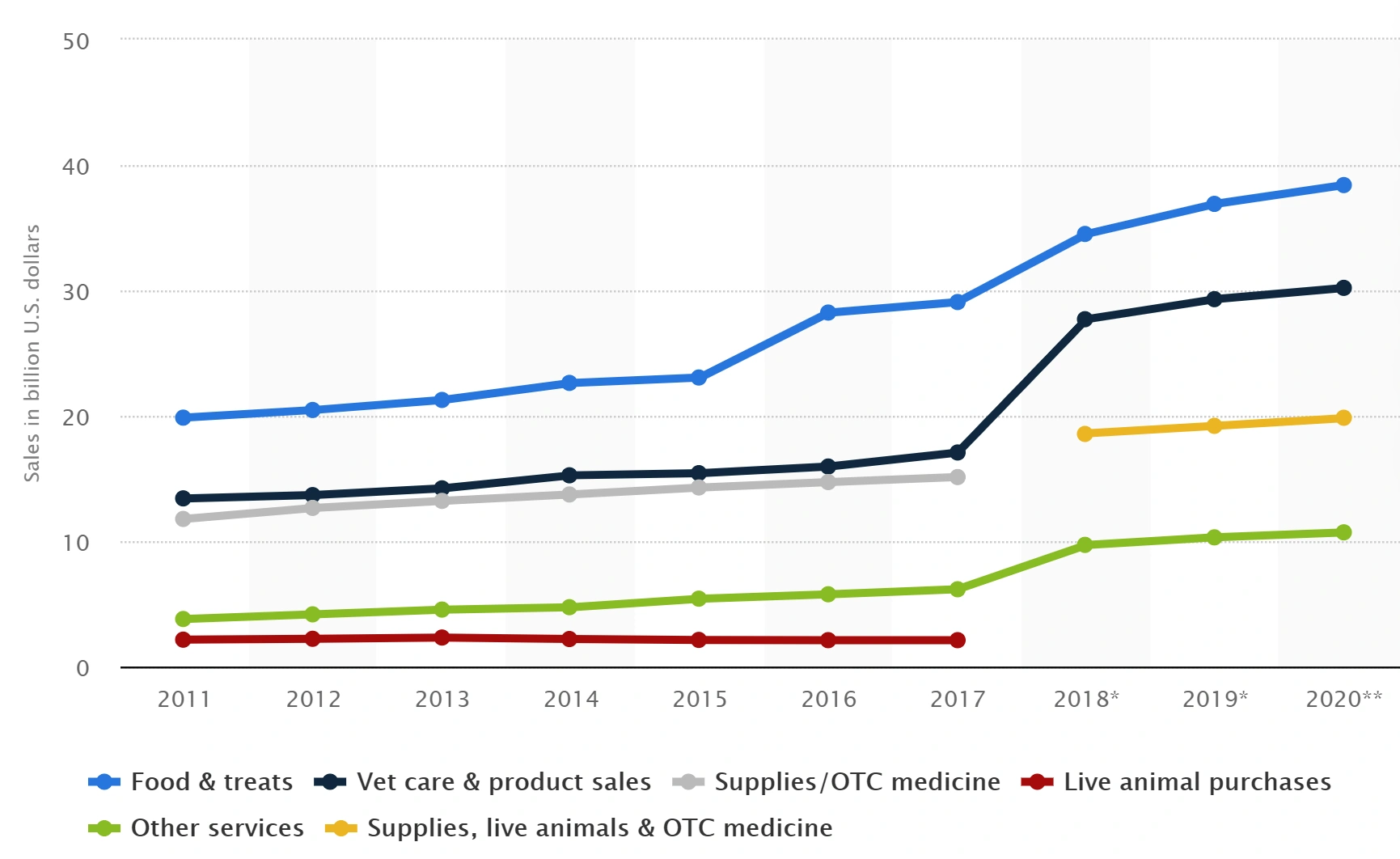
- Mindfulness is on the move — As mentioned earlier, mental health awareness has become more mainstream since the pandemic, and because of this, so has the need for greater mindfulness. Apps like Headspace and Calm are just a few brands that have swept through like a storm, with the global meditation market expected to reach $9 billion USD in 2027.
- Home is the new hub — Reiterating a point made heavily across this article, people are staying home more than ever, with the average North American adult apparently spending 90% of their time indoors. Increased remote working definitely plays a part to this. But with all this time being spent at home, people are on the search for ways to secure and design the insides — buying more items that will improve their ‘new hub.’
What this means for brands and businesses moving forward
So with all these changing behaviours, what can businesses and brands do to survive? In order for businesses to thrive within this changing environment, they’ll need to find ways to transform their business digitally. Aspects like convenience are going to play a huge factor in what people find important when making a purchase.
Moreover, this mainstream rise in online shopping leads to easier accessibility, which means companies need to be on top of their game more than ever before, as competition is now global.
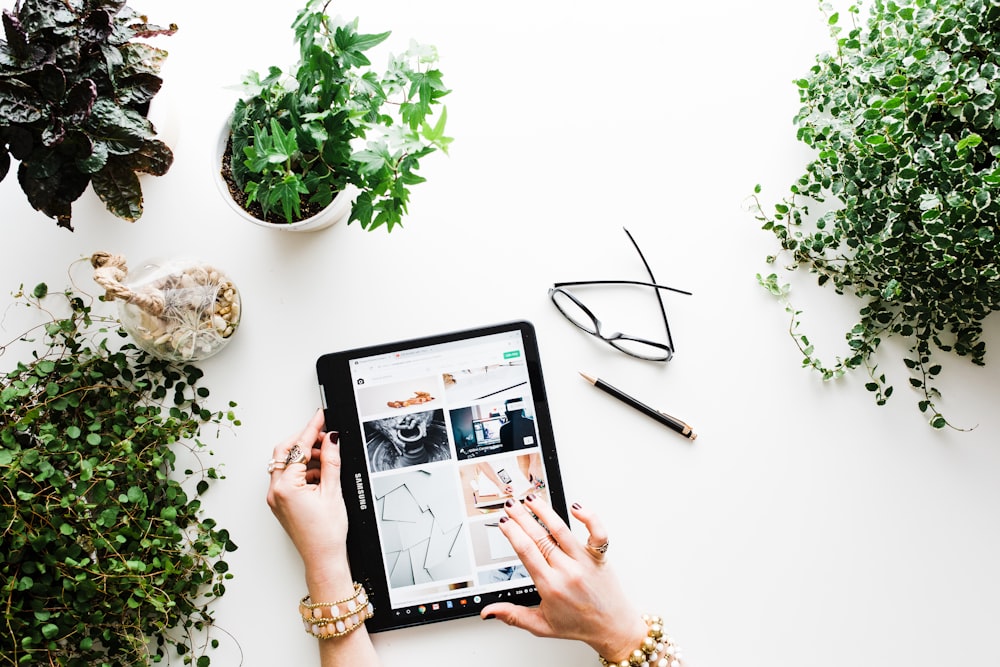
These days, brands need to learn to be both creative and data-driven if they want to do well. With so much data being generated in today’s digital world, and an assortment of tools to understand user behaviours — from heatmaps to screen recordings — brands must learn to quickly adopt a digital-first approach to be on top of their customer. They must constantly optimize the user experience and are going to have to learn to be more aware of their consumer’s needs — if possible knowing what their customer wants before they know it themselves.








